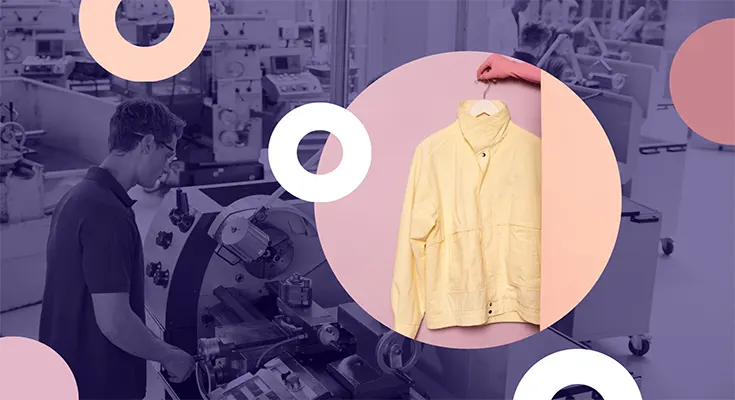The global apparel industry, traditionally reliant on a “push” model of mass production and long lead times, is undergoing a significant transformation. Driven by evolving consumer demands for personalization, sustainability, and rapid trend response, on-demand manufacturing technology is emerging as a disruptive force, reshaping every facet of the global apparel supply chain.
Shifting from “Push” to “Pull”:
Historically, fashion brands would forecast trends, produce large quantities of garments, and then push them into the market. This often resulted in overproduction, excessive inventory, and a staggering amount of waste, with an estimated 30% of clothes never sold. On-demand manufacturing reverses this model, operating on a “pull” system where products are only created after a customer places an order. This fundamental shift minimizes unsold stock and significantly reduces textile waste, contributing to a more environmentally responsible industry.
Key Benefits and Impacts:
- Sustainability and Waste Reduction: By producing only what is needed, on-demand manufacturing drastically cuts down on fabric waste (up to 35% compared to conventional methods) and eliminates the problem of unsold inventory ending up in landfills or being incinerated. This aligns with growing consumer demand for eco-friendly practices and helps brands reduce their carbon footprint
- Financial Efficiency: Brands no longer need to tie up significant capital in excess inventory, leading to improved cash flow and reduced storage costs. This financial agility is particularly beneficial for emerging brands looking to scale sustainably.
- Faster Market Response and Agility: Traditional supply chains can take six months or more to bring a new design to market On-demand models, leveraging technologies like 3D knitting and digital printing, can shorten development cycles to as little as 4-6 weeks. This enables brands to react quickly to changing trends and consumer preferences, offering a more dynamic and responsive fashion industry.
- Customization and Personalization: One of the most exciting aspects of on-demand manufacturing is the potential for mass customization. Since products are made per order, brands can offer consumers personalized fits, colors, and design modifications that were previously cost-prohibitive. This caters to the modern consumer’s desire for individuality and can also lead to fewer returns.
- Localized and Ethical Manufacturing: On-demand manufacturing facilitates the shift towards localized production hubs. This reduces carbon emissions from shipping, supports local economies, and allows brands to manufacture ethically with greater transparency regarding labor practices.
- Streamlined Operations and Reduced Supply Chain Disruptions: By producing goods only when needed, on-demand manufacturing limits overproduction and minimizes the impact of supply chain disruptions. It also allows brands to outsource logistics, enabling them to focus on core competencies like design and marketing.
- Technological Advancements as Enablers: The rise of on-demand manufacturing is heavily reliant on technological innovations. These include:
- 3D Knitting and Printing: These technologies enable seamless garment production with zero excess fabric waste and allow for rapid prototyping and complex designs.
- AI and Data Analytics: AI optimizes production, predicts demand, manages inventory, and facilitates product customization. Data analytics provide valuable insights into consumer preferences, leading to more targeted production.
- Digital Design Software (CAD): Simplifies collaboration between designers and customers, enhancing the design process and product quality.
- Internet of Things (IoT): Facilitates real-time communication and data exchange across the supply chain, streamlining processes.
Challenges and the Future Outlook:
While on-demand manufacturing offers numerous advantages, challenges remain, such as managing customized supply chains and protecting customer data. However, as technology continues to evolve and consumer demand for transparency, customization, and sustainability grows, on-demand manufacturing is poised to become the new industry standard, replacing outdated bulk production models. This shift promises a more sustainable, efficient, and consumer-centric future for the global apparel supply chain.





